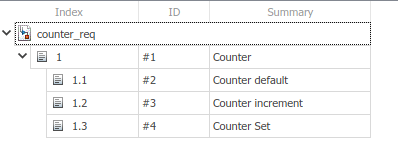

To allow the full reconstruction of task events from the behavioral data file by including complete descriptions of behavioral performance, the event markers and their text labels, the task structure, and the actual stimulus images used as a demonstration of this goal, to allow the re-playing of any given trial from the behavioral data file alone. To interface transparently with data acquisition hardware for input / output functions, such as eye-signal, joystick and button-press acquisition, reward delivery, digital event marker output, as well as analog and TTL output to drive stimulators and injectors. To allow straightforward scripting of behavioral tasks using standard Matlab syntax and functions. To allow behavioral control with high temporal precision in Matlab. By creating a system that has minimal programming overhead, we hoped to allow users to focus on the essential features of experimental design and the basic elements of behavioral control and monitoring rather than on the often arcane details of the video presentation and data acquisition hardware. In particular, we sought to harness the Matlab high-level programming environment to allow the quick and efficient coding behavioral tasks. Given those data, we now focus on the design, real-world performance, and usability such a system can achieve.
MATLAB 2009 RUN SELECTION SOFTWARE
Thus, although no software running on Windows can attain truly deterministic, hard-real-time performance ( Ramamritham et al., 1998), such software can nevertheless deliver high (not perfect) temporal reliability. Recently, however, the performance of even a higher-level programming environment, specifically Matlab, has been demonstrated to be adequate for behavioral control at the one millisecond time-scale ( Meyer and Constantinidis, 2005 Asaad and Eskandar, 2008). Too often, the transition towards different types of behavioral tasks strains the flexibility of these programs, and cumbersome workarounds layer successively upon one another. The strengths and weakness of each application reflect the types of behaviors studied at the time of their initial development. The creation and execution of these behavioral tasks relies upon a small range of applications that run on a relatively narrow range of software and hardware ( Hays et al., 1982 White et al., 1989–2008 Ghose et al., 1995 Maunsell, 2008). Interesting neural data are often the products of well-designed, psychophysically-rigorous behavioral paradigms.


 0 kommentar(er)
0 kommentar(er)
